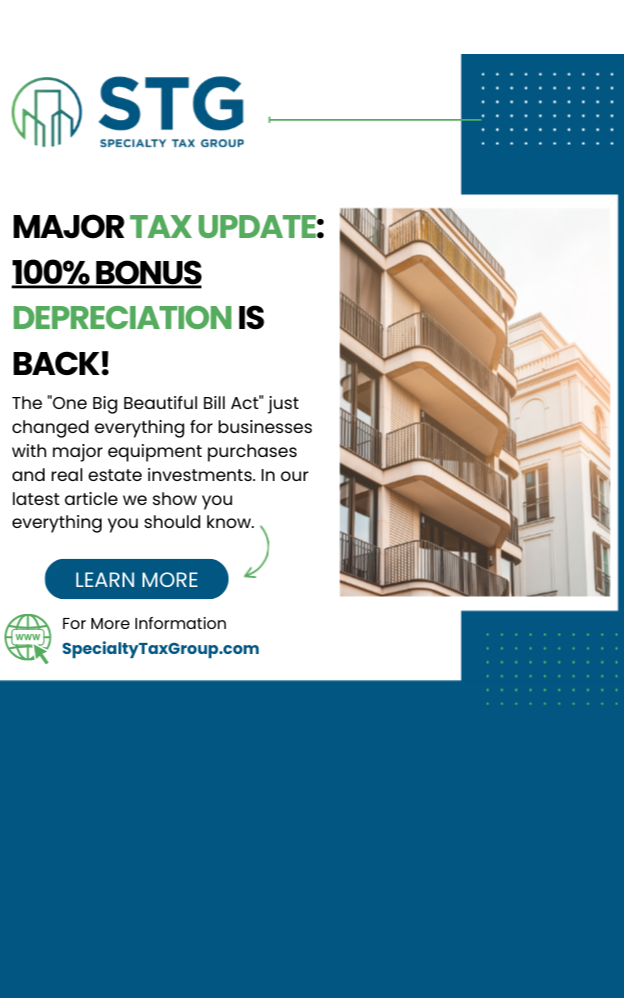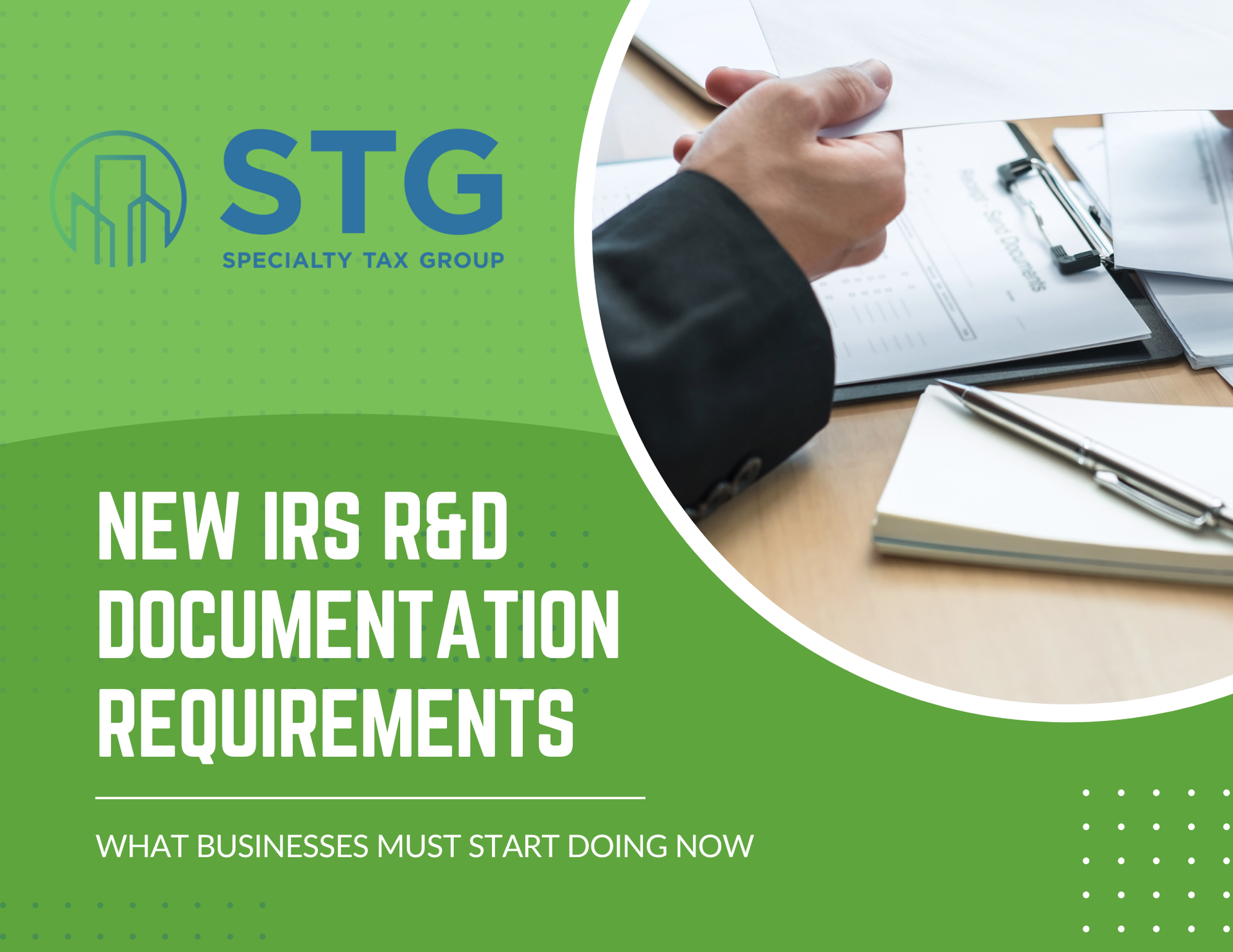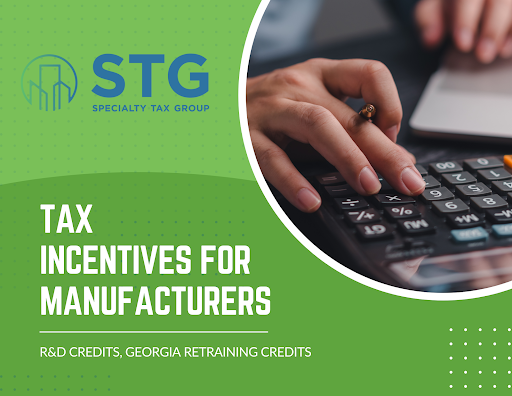Cost Segregation: The Tax Strategy Most Investors Still Miss
This blog post has been researched, edited, and approved by John Hanning and Brian Wages. Join our newsletter below.
In this episode of SoCal Multifamily Insights, tax strategy expert Geraldine breaks down one of the most underused tools in real estate: cost segregation.
Learn how one investor avoided a $100,000 tax bill and how you can increase your cash flow by front-loading depreciation—even years after purchase. Whether you’re investing in multifamily, commercial, or planning a development, cost segregation can be a game-changer.
2024 Tax Guide

Cost Segregation Cost segregation has always been a powerful tax strategy for real estate investors, but the next three years are especially important. Recent tax law changes now allow many investors to take advantage of 100 percent bonus depreciation again. This creates a significant opportunity for anyone who owns residential rentals, commercial buildings, or owner-occupied real estate. If you time your cost segregation studies correctly, you can accelerate years of depreciation into a single tax year, increase cash flow, reduce tax liability, and free up capital to reinvest into new properties. Below is a detailed breakdown of how to unlock bonus depreciation in 2024, 2025, and 2026 with a structured cost segregation strategy. To explore a study for your property, visit our Cost Segregation Services page.




